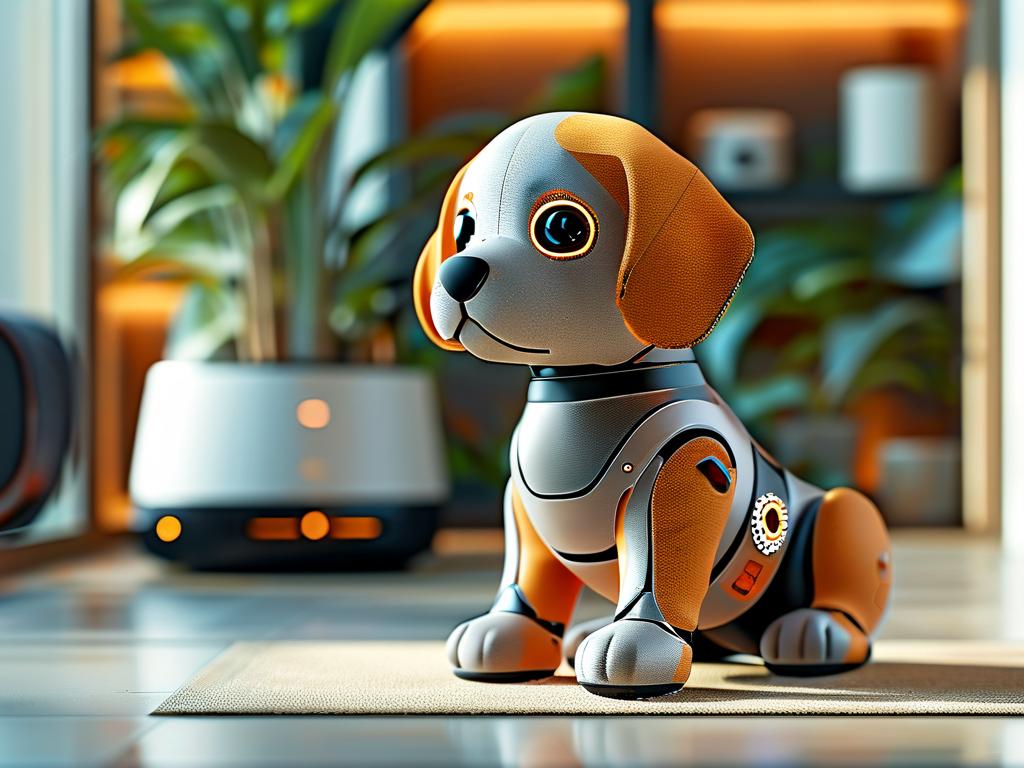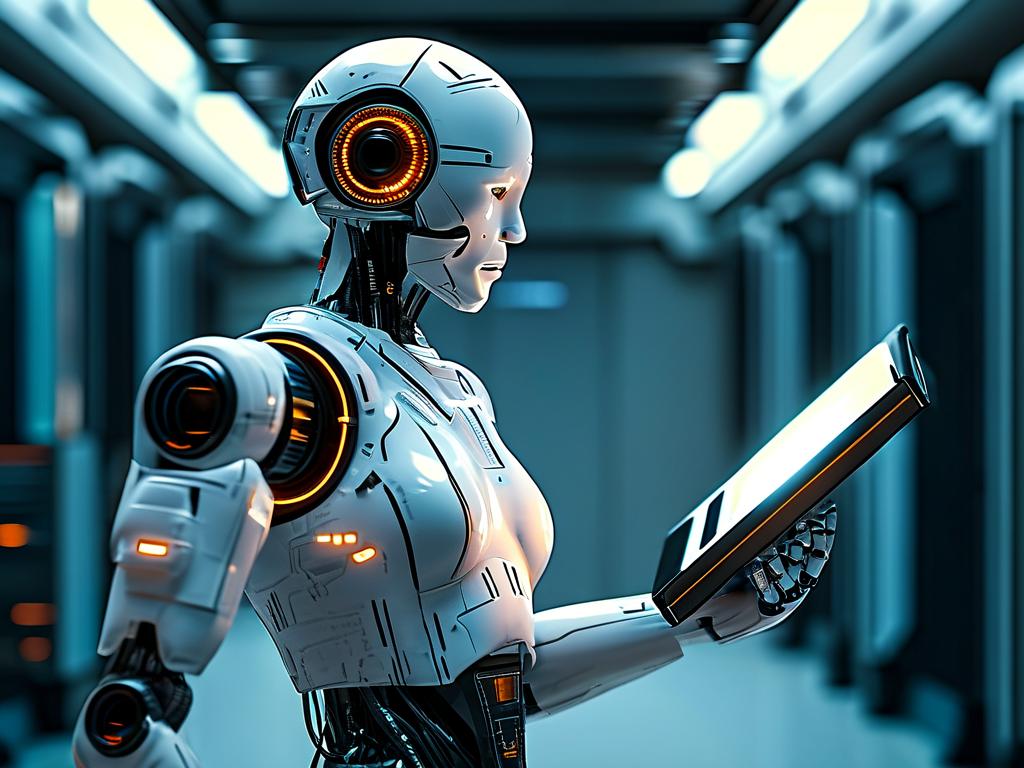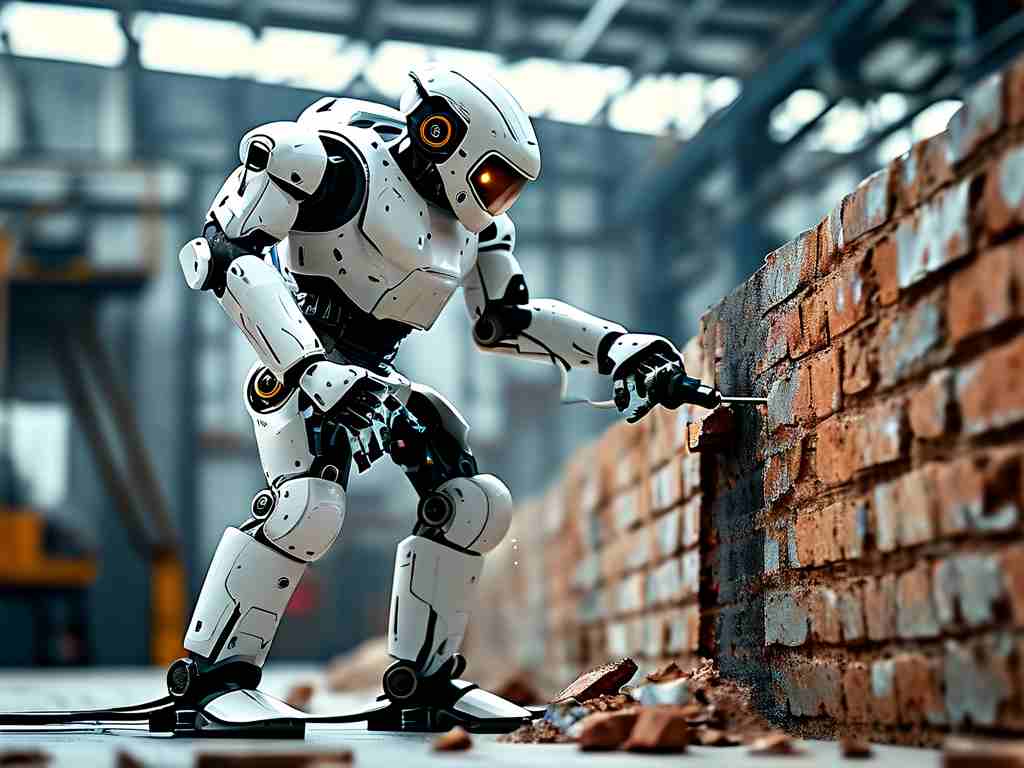The realm of robotics has witnessed a fascinating evolution with the advent of machine puppies, where embedded development plays a pivotal role in bringing these lifelike companions to fruition. At its core, embedded systems involve integrating hardware and software into compact devices, enabling real-time control and responsiveness essential for robotic applications. For instance, a machine puppy relies on microcontrollers like Arduino or Raspberry Pi as its brain, processing inputs from sensors such as infrared detectors and cameras to mimic canine behaviors like tail wagging or playful barking. Developers face unique challenges in this domain, including optimizing power consumption for battery-operated units and ensuring low-latency communication between components to achieve seamless interactions with humans.

Delving into the hardware aspects, engineers often select cost-effective yet robust platforms. A typical setup includes motor drivers for limb movements, ultrasonic sensors for obstacle avoidance, and Wi-Fi modules for remote control via smartphones. These elements must be meticulously assembled to withstand physical stresses, such as sudden impacts during play. On the software side, programming languages like C and Python dominate, with algorithms designed for tasks such as pathfinding or emotion simulation. For example, a simple code snippet in C for controlling a motor might look like this:
#include <avr/io.h>
void setupMotor() {
DDRB |= (1 << DDB1); // Set pin as output
while(1) {
PORTB |= (1 << PORTB1); // Turn motor on
_delay_ms(1000); // Delay for movement
PORTB &= ~(1 << PORTB1); // Turn motor off
_delay_ms(1000);
}
}
This snippet illustrates basic motor activation, a fundamental step in enabling a puppy's walking motion. Beyond coding, developers incorporate machine learning models to enhance autonomy, training the puppy to recognize voices or gestures through neural networks. However, this introduces complexities like debugging in resource-constrained environments, where memory limitations demand efficient code optimization.
The journey of embedded development for robotic puppies isn't without hurdles. Real-time operating systems (RTOS) are often employed to manage multitasking, but they require expertise in synchronization to prevent glitches during high-activity scenarios. Power management proves critical too; engineers implement sleep modes and energy-harvesting techniques to extend battery life, ensuring the puppy remains operational for hours. Additionally, ethical considerations arise, such as designing fail-safes to prevent malfunctions that could harm users, underscoring the importance of rigorous testing in simulated environments.
Looking ahead, advancements in AI and IoT promise to revolutionize this field, with future iterations potentially featuring cloud connectivity for over-the-air updates or swarm intelligence for multi-puppy collaborations. Despite the progress, the human element remains vital—developers must balance innovation with affordability to make these technologies accessible. In essence, embedded development for machine puppies exemplifies how cutting-edge engineering can create joyful, interactive experiences, merging technology with everyday life in ways that inspire both creators and users alike.









